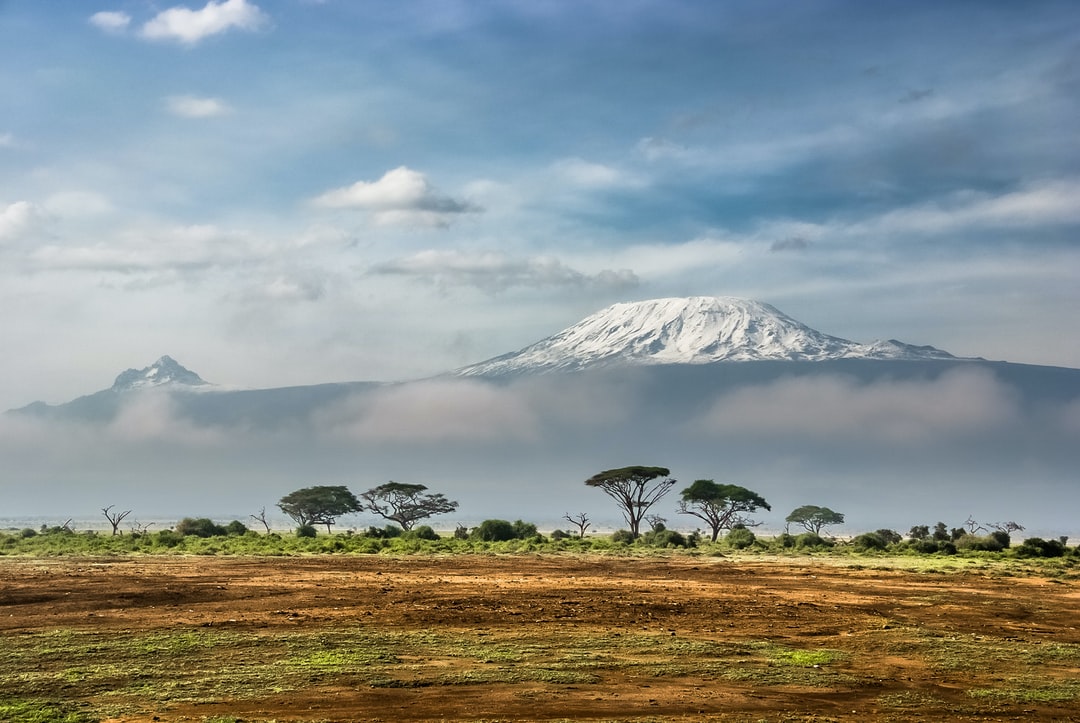Tanzania boasts a total of 22 national parks. These parks cover a wide range of ecosystems, from savannahs and mountains to forests and coastal areas, and they are home to an incredible diversity of wildlife, including iconic species such as lions, elephants, giraffes, and more. These parks play a crucial role in conservation efforts and are also major attractions for tourists visiting Tanzania.
About Tanzania National Parks
Tanzania is renowned for its breathtaking national parks, which collectively showcase some of the most iconic landscapes and wildlife in Africa. These officially designated parks are central to Tanzania’s reputation as a premier destination for wildlife tourism and conservation. From the expansive savannas of the Serengeti to the lush greenery of mountainous regions, Tanzania’s national parks represent a remarkable diversity of ecosystems and are vital for preserving the country’s rich biodiversity.
The Serengeti National Park, perhaps the most famous of Tanzania’s parks, is a global icon of wildlife conservation. Spanning over 14,750 square kilometers, it is known for the annual Great Migration, during which millions of wildebeests, zebras, and antelopes traverse the plains in search of water and fresh grazing. The Serengeti is also home to an impressive array of predators, including lions, cheetahs, and hyenas, and is a critical area for bird species such as ostriches, secretary birds, and kori bustards.
Ngorongoro Crater, part of the larger Ngorongoro Conservation Area is not a national park but recognized as a UNESCO World Heritage Site and one of the Seven Natural Wonders of Africa. It is a unique ecosystem that supports an incredible concentration of wildlife. The crater, a collapsed volcanic caldera, is home to elephants, rhinos, lions, and an abundance of herbivores such as buffaloes and gazelles. Its year-round water sources and fertile grasslands make it a haven for wildlife, offering visitors unparalleled opportunities to observe animals in their natural habitat.
Mount Kilimanjaro National Park protects the highest peak in Africa, Mount Kilimanjaro, which rises to 5,895 meters. This park is a destination for adventurous climbers and nature enthusiasts who seek to experience its dramatic landscapes, including lush montane forests, alpine meadows, and glacial peaks. Wildlife in the park includes colobus monkeys, elephants, and leopards, while its varied vegetation supports numerous bird species and unique flora.
Ruaha National Park, located in central Tanzania, is another standout destination. It is the largest national park in the country, covering over 20,000 square kilometers. Known for its rugged terrain and dramatic escarpments, Ruaha is a haven for large predators such as lions, leopards, and wild dogs. Its river systems attract elephants, giraffes, and hippos, making it an excellent location for wildlife viewing in a less crowded setting.
Tanzania’s national parks face challenges such as poaching, habitat loss, and human-wildlife conflict. However, conservation successes, including anti-poaching efforts and community-based initiatives, have contributed to the protection of wildlife and ecosystems. These parks not only support Tanzania’s economy through eco-tourism but also ensure the preservation of some of the world’s most iconic natural wonders for generations to come.
Tanzania National Parks
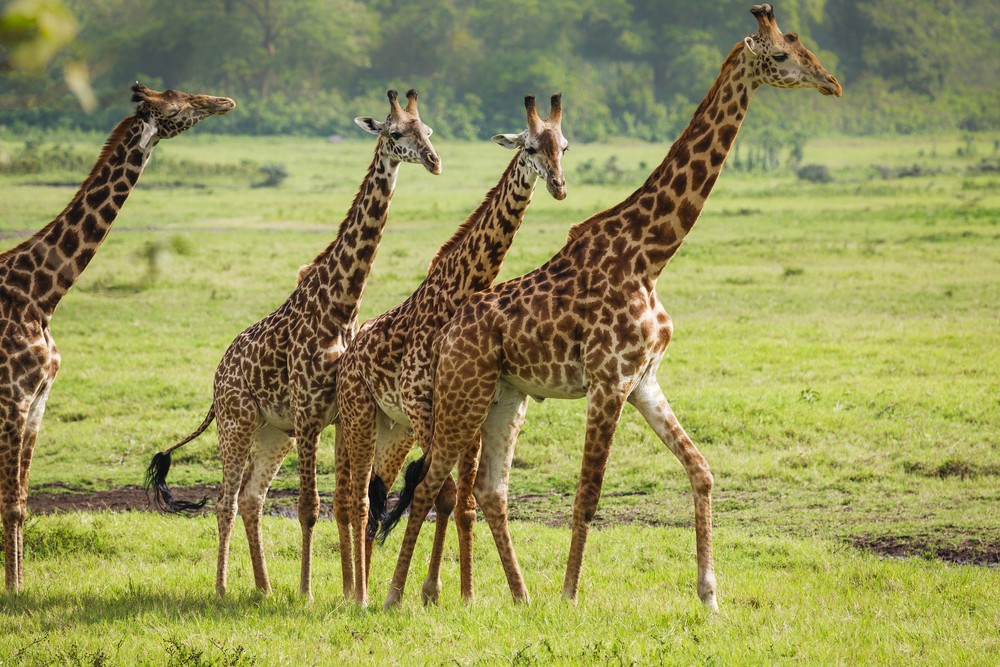
Arusha National Park
Explore Now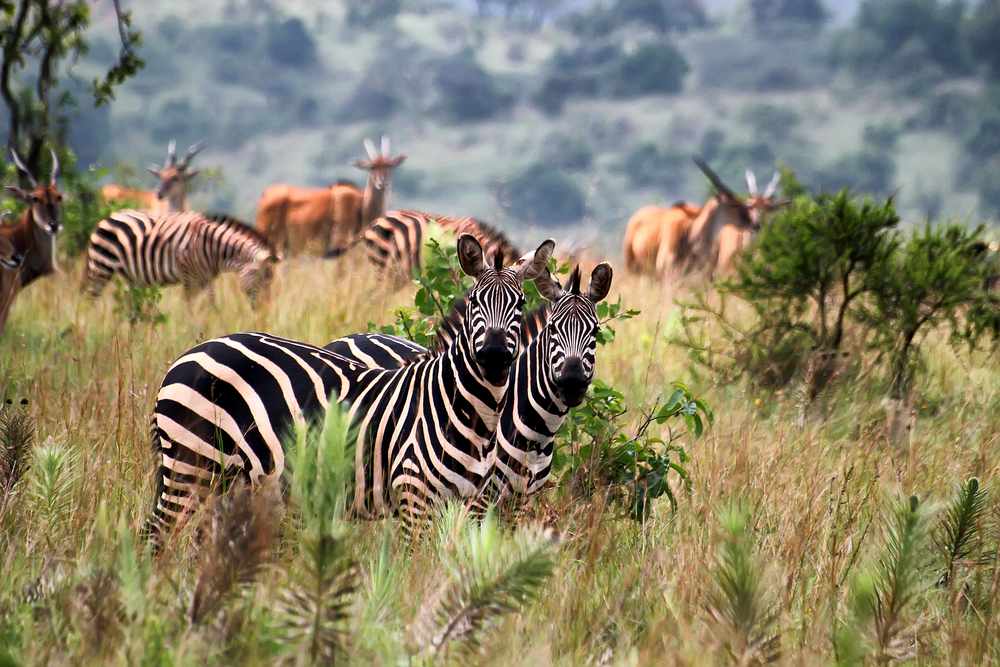
Burigi-Chato National Park
Explore Now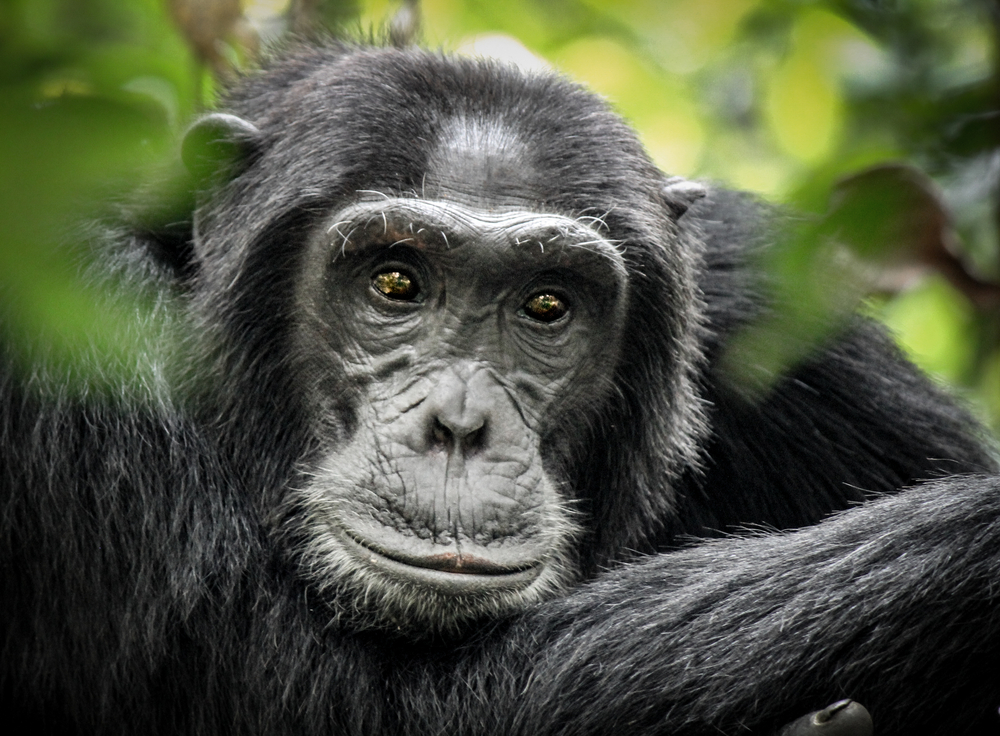
Gombe Stream National Park
Explore Now
Ibanda-Kyerwa National Park
Explore Now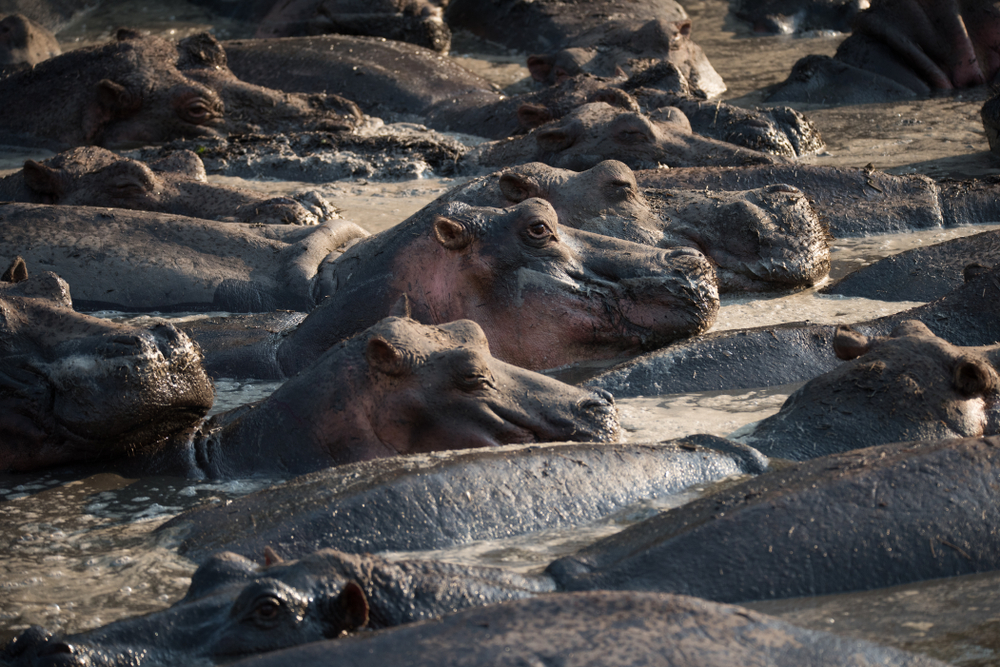
Katavi National Park
Explore Now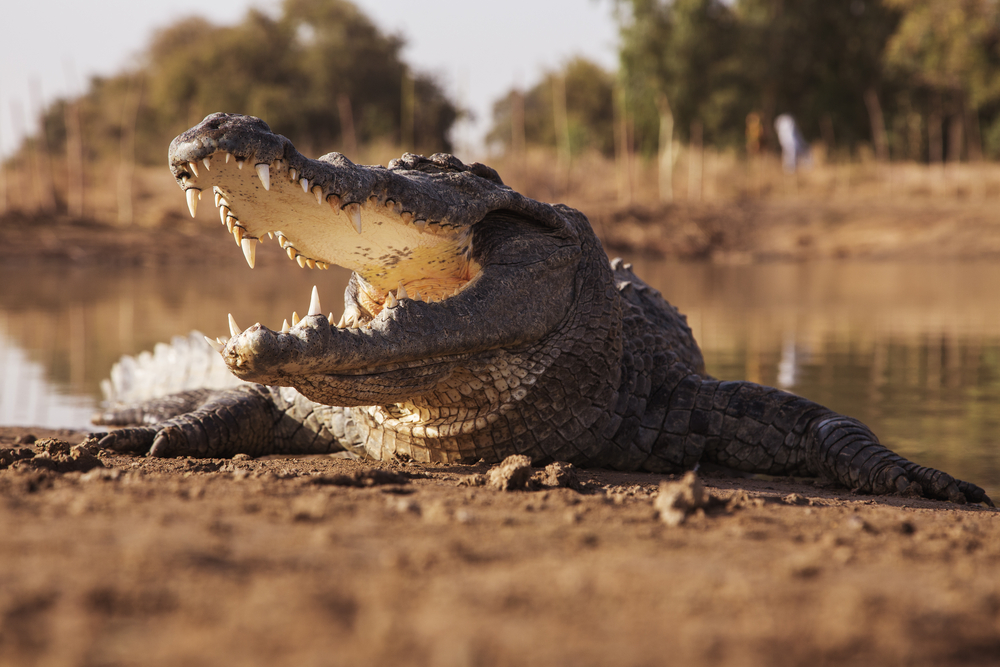
Kigosi National Park
Explore Now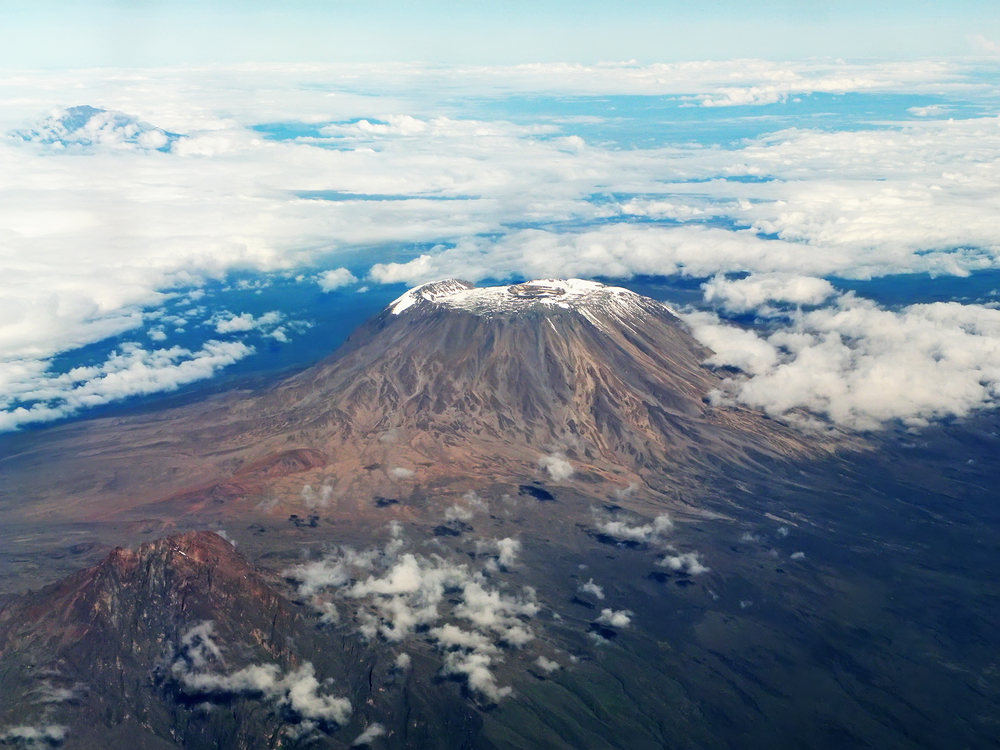
Kilimanjaro National Park
Explore Now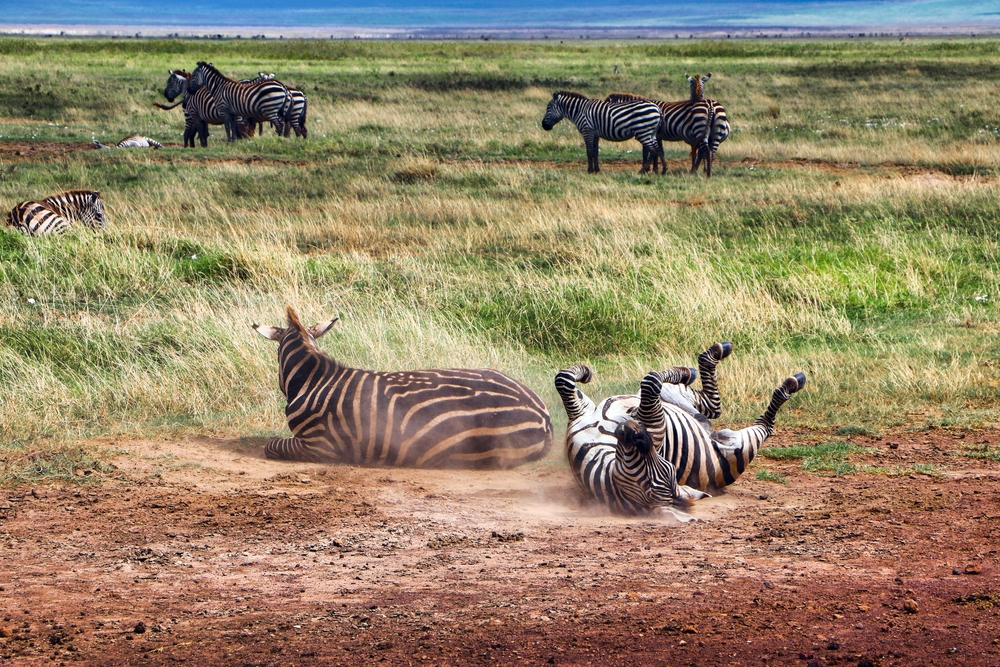
Kitulo National Park
Explore Now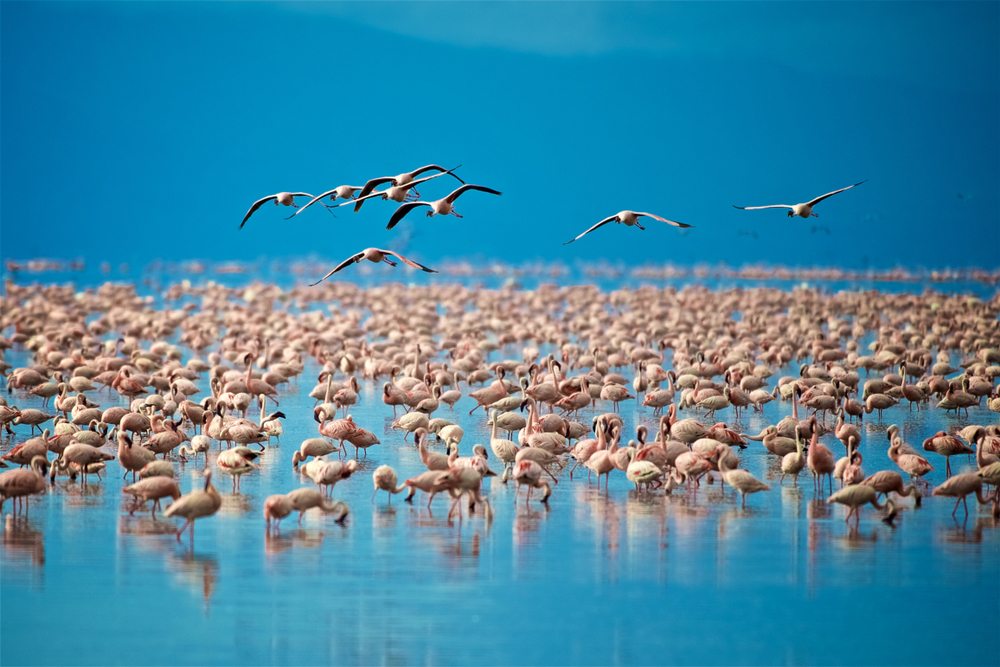
Lake Manyara National Park
Explore Now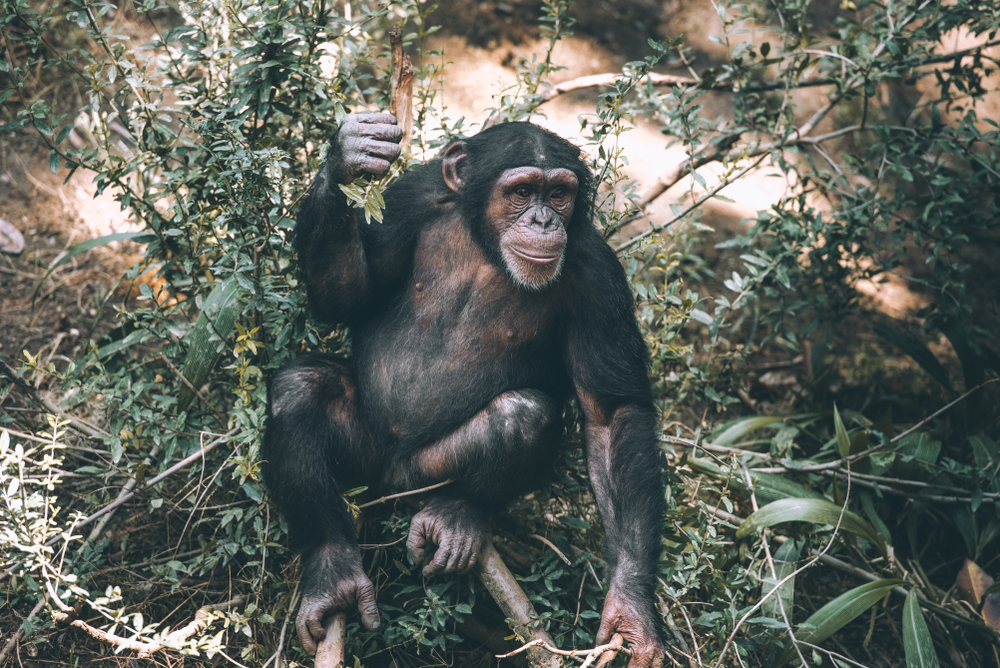
Mahale Mountains National Park
Explore Now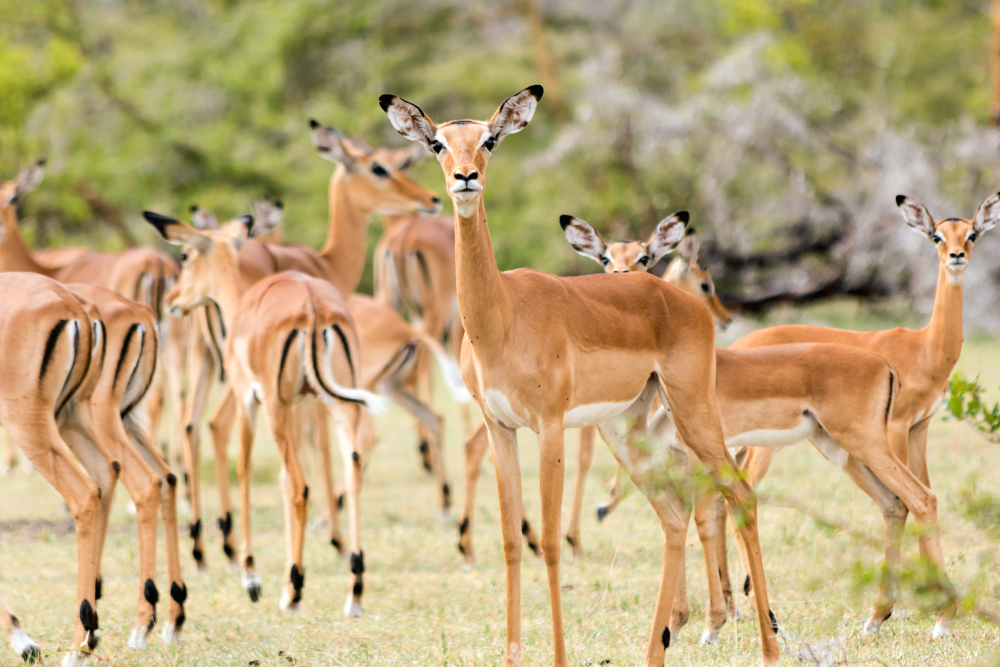
Mikumi National Park
Explore Now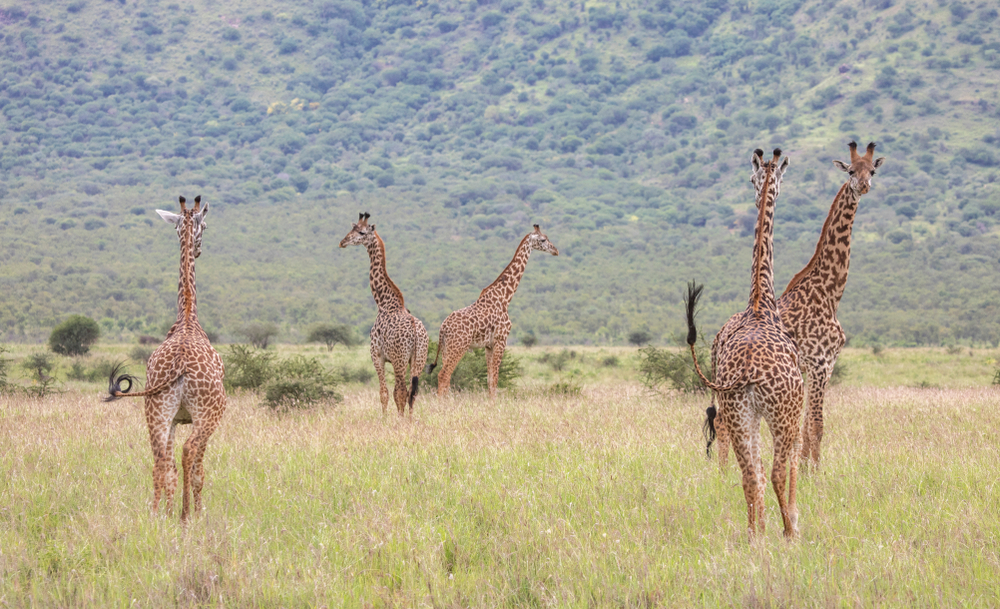
Mkomazi National Park
Explore Now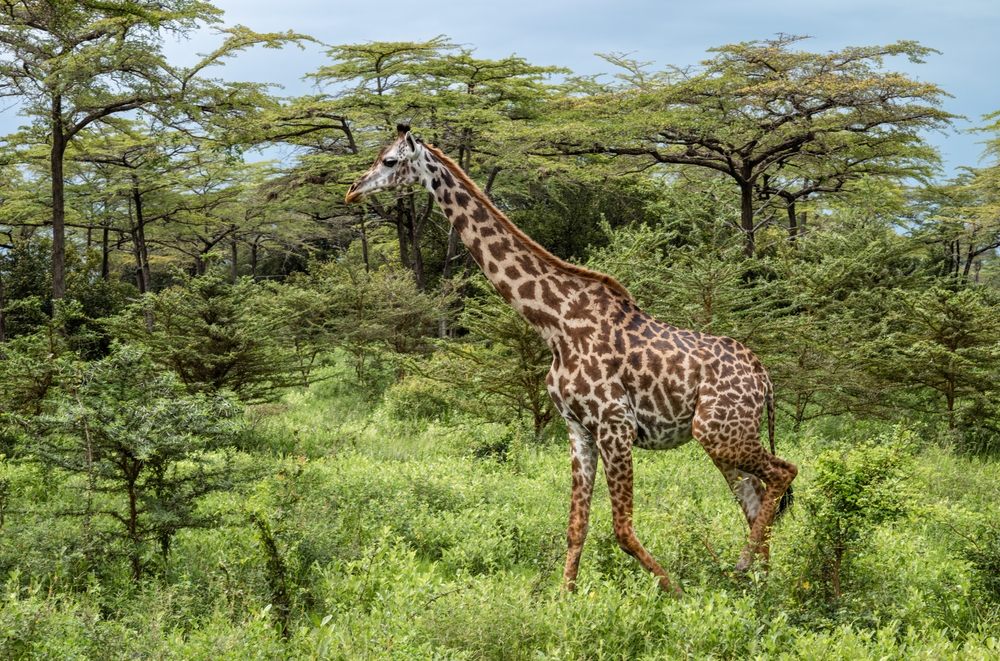
Nyerere National Park
Explore Now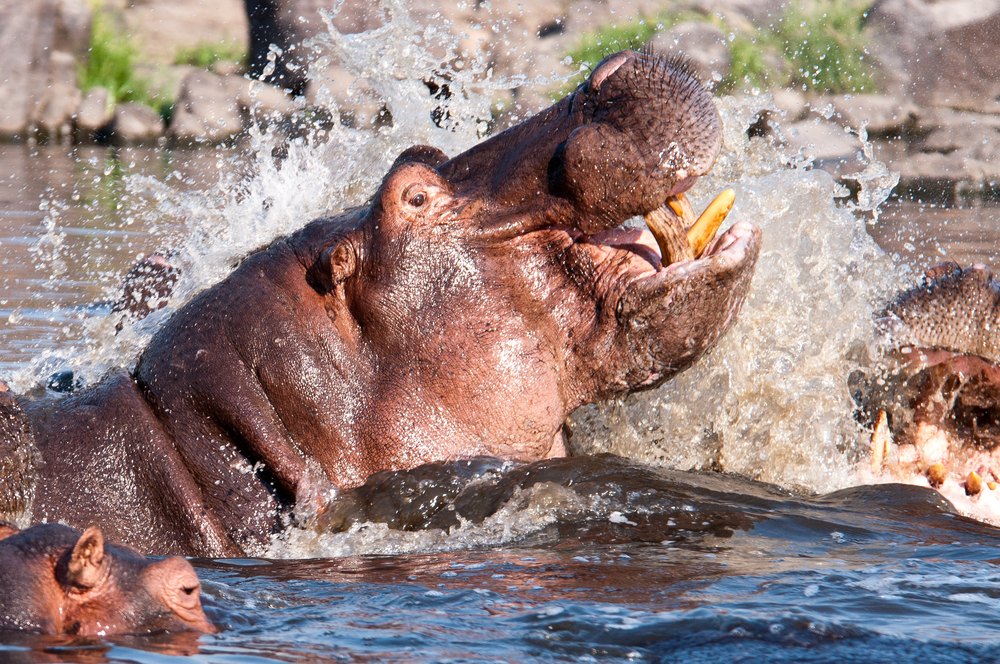
Ruaha National Park
Explore Now
Rubondo Island National Park
Explore Now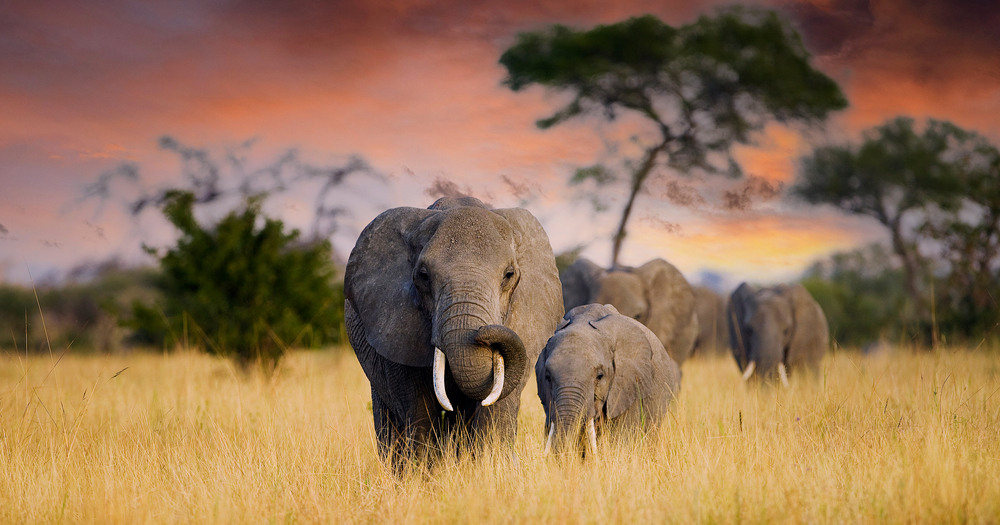
Rumanyika-Karagwe National Park
Explore Now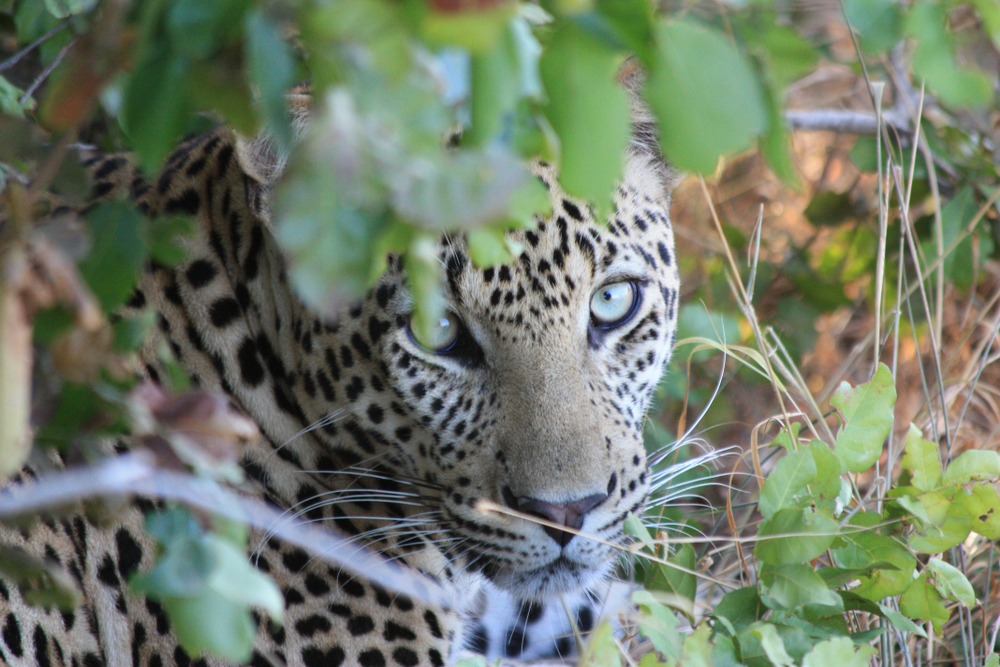
Saadani National Park
Explore Now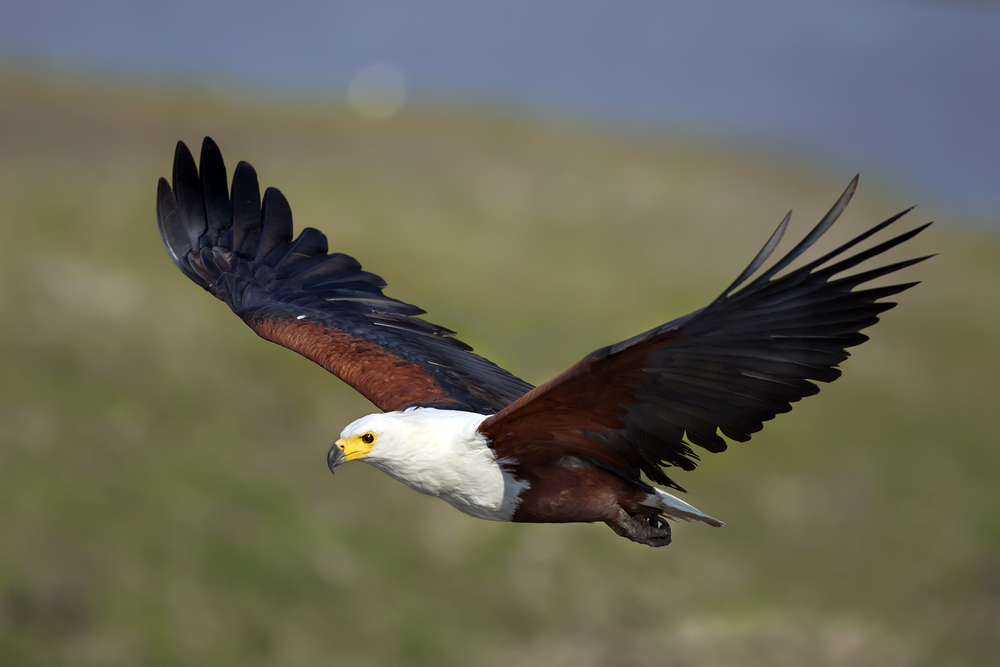
Saanane National Park
Explore Now
Serengeti National Park
Explore Now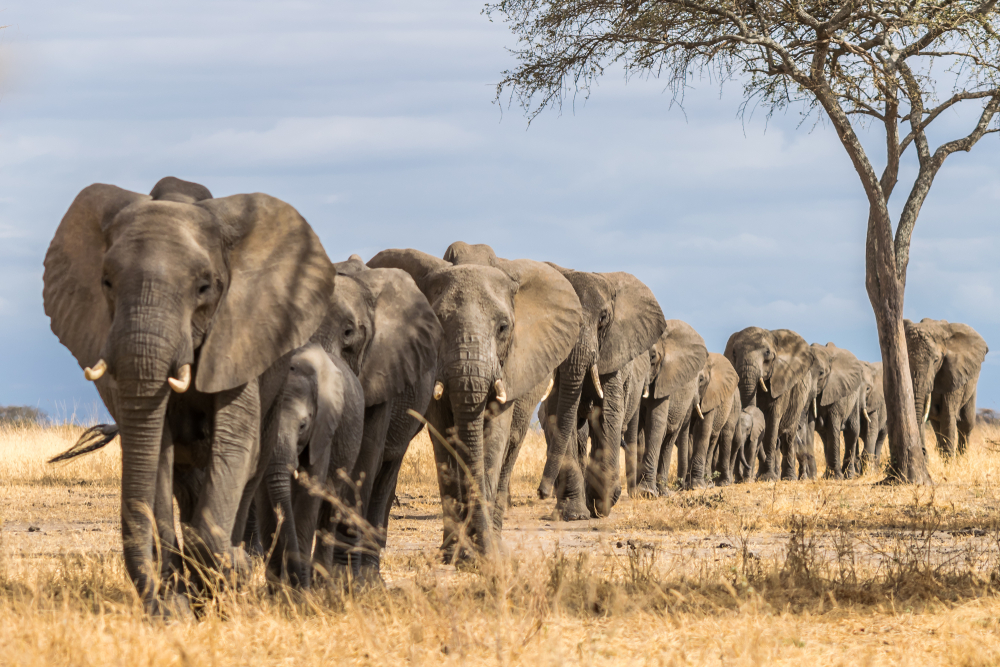
Tarangire National Park
Explore Now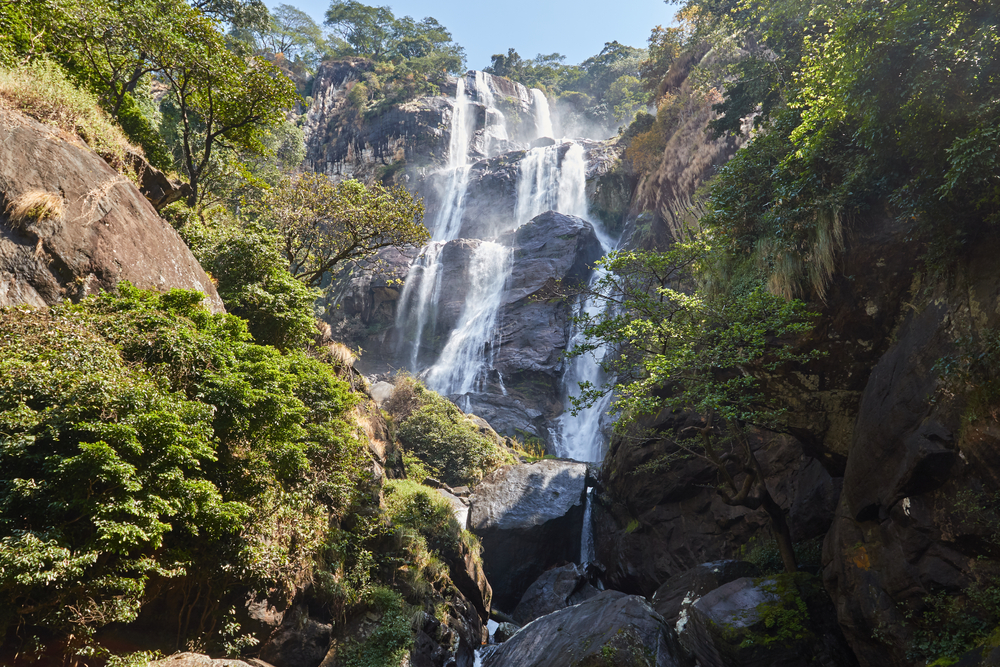
Udzungwa Mountains National Park
Explore Now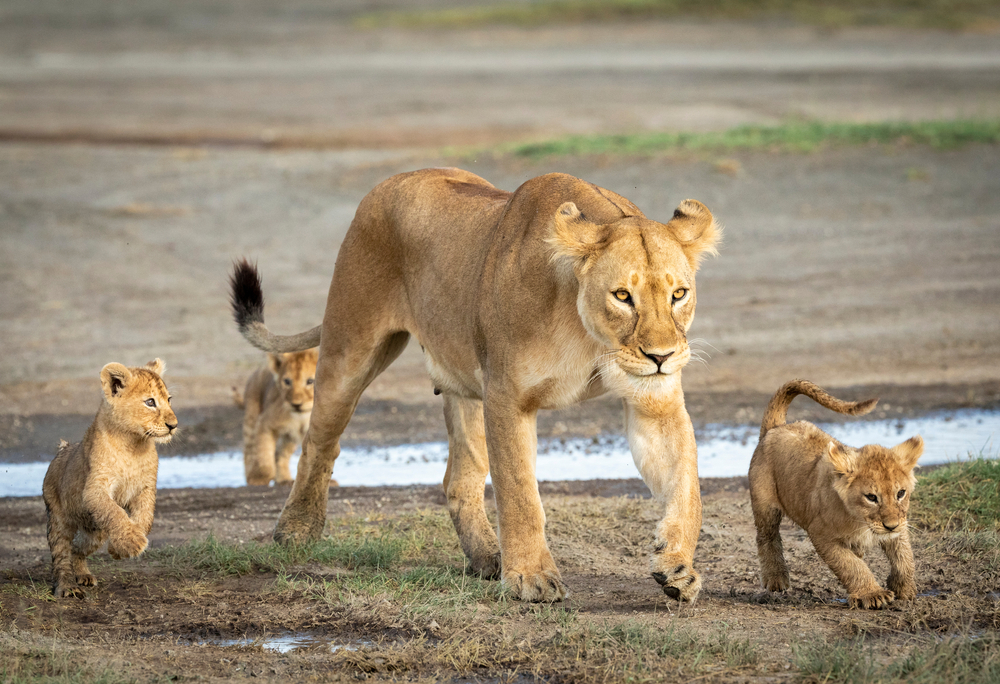
Ugalla River National Park
Explore NowFAQ’s
1. How many national parks are there in Tanzania?
2. What is the largest national park in Tanzania?
The largest national park in Tanzania is Ruaha National Park. It covers an area of approximately 20,226 square kilometers, which is equivalent to about 7,809 square miles.
Ruaha National Park is located in the southern part of Tanzania and is renowned for its vast wilderness, diverse landscapes, and abundant wildlife, including large elephant herds, predators like lions and leopards, and a variety of bird species.
3. What is the smallest national park in Tanzania?
The smallest national park in Tanzania is Arusha National Park. It covers an area of approximately 552 square kilometers (213 square miles).
Despite its relatively small size compared to other national parks in Tanzania, Arusha National Park is renowned for its scenic beauty, diverse ecosystems, and proximity to the city of Arusha and Mount Kilimanjaro. The park is home to a variety of wildlife, including giraffes, buffaloes, zebras, and a wide range of bird species.
4. An alphabetical list of national parks in Tanzania?
Here is an alphabetical list of national parks in Tanzania:
- Arusha National Park
- Gombe Stream National Park
- Katavi National Park
- Kilimanjaro National Park
- Kitulo National Park
- Lake Manyara National Park
- Mahale Mountains National Park
- Mikumi National Park
- Mkomazi National Park
- Ruaha National Park
- Rubondo Island National Park
- Saadani National Park
- Serengeti National Park
- Tarangire National Park
- Udzungwa Mountains National Park
These national parks showcase Tanzania’s incredible biodiversity, stunning landscapes, and rich cultural heritage, making them popular destinations for wildlife enthusiasts and tourists alike
5. What was the first national park in Tanzania?
The first national park in Tanzania is Serengeti National Park. Established in 1951, Serengeti National Park is one of the oldest and most iconic national parks in Tanzania and Africa. It covers an area of approximately 14,750 square kilometers (5,700 square miles) and is located in the northern part of Tanzania, bordering Kenya’s Maasai Mara National Reserve.
Serengeti National Park is renowned for its vast savannah plains, diverse ecosystems, and extraordinary wildlife migrations, including the annual Great Migration of millions of wildebeests, zebras, and other ungulates. The park is also home to large populations of predators such as lions, leopards, and cheetahs, as well as numerous bird species.
Serengeti National Park is a UNESCO World Heritage Site and a flagship conservation area in Tanzania, attracting visitors from around the world for safari adventures and wildlife experiences.
6. What is the most popular national park in Tanzania?
The most popular national park in Tanzania is Serengeti National Park, one of the most renowned wildlife reserves in the world. Spanning 5,700 square miles (14,763 square kilometers), Serengeti is famous for the annual Great Migration, during which millions of wildebeest, zebras, and gazelles travel across the plains in search of fresh grazing.
The park is also home to the “Big Five” (lion, leopard, elephant, buffalo, and rhino) and boasts some of the highest concentrations of predators in Africa. Serengeti’s vast, open plains and abundance of wildlife make it a top destination for safari enthusiasts from around the globe.
7. What percentage of Tanzania's land area is protected through official National Parks?
Approximately 38% of Tanzania’s land area is protected through national parks and conservation areas, covering more than 150,000 square miles (400,000 square kilometers).
Tanzania has one of the most extensive protected area networks in Africa, encompassing a wide range of ecosystems, including savannas, forests, and wetlands, all critical for preserving the country’s extraordinary biodiversity.
8. What other protected areas are there in Tanzania?
In addition to its national parks, Tanzania has numerous game reserves and conservation areas. The most famous of these is the Ngorongoro Conservation Area, a UNESCO World Heritage Site that includes the Ngorongoro Crater, the world’s largest inactive volcanic caldera.
It is known for its dense wildlife population and unique ecosystem. Tanzania also has several marine reserves, such as Mnemba Island Marine Reserve, protecting coral reefs and marine biodiversity.
Selous Game Reserve, one of the largest protected areas in Africa, is another significant site known for its elephants, wild dogs, and riverine ecosystems.
9. What nature attractions does Tanzania have apart from National Parks?
Apart from its famous national parks, Tanzania is home to several other natural wonders. Mount Kilimanjaro, the tallest peak in Africa, is a major attraction for hikers and climbers.
The Zanzibar Archipelago, with its pristine beaches and rich history, is a popular destination for beach lovers and those interested in the region’s spice trade history.
Tanzania’s Great Rift Valley is another iconic feature, known for its dramatic landscapes, lakes, and volcanic activity. Lake Victoria, the largest lake in Africa, and Lake Tanganyika, the deepest, offer unique freshwater ecosystems and fishing opportunities.
10. What species are endemic and unique to Tanzania alone?
Tanzania is home to several endemic species, especially in its isolated mountain ranges and lakes. The Pemba flying fox, found only on Pemba Island in Zanzibar, is one such species.
The Udzungwa red colobus monkey, endemic to the Udzungwa Mountains, is another example of the country’s unique biodiversity.
Additionally, Tanzania’s Lake Tanganyika is home to many endemic cichlid fish species, which are not found anywhere else in the world.
The country’s diverse ecosystems, including montane forests and lakes, are key to supporting these unique species.
11. What is Tanzania's main international airport?
Tanzania’s main international airport is Julius Nyerere International Airport (IATA code: DAR), located in the capital city, Dar es Salaam. It serves as the primary gateway for international travelers to Tanzania and is the busiest airport in the country.
12. What international airline companies fly into Tanzania?
The following international airline companies fly into Tanzania:
- Air France
- British Airways
- Emirates
- Ethiopian Airlines
- KLM Royal Dutch Airlines
- Kenya Airways
- Qatar Airways
- South African Airways
- Swiss International Air Lines
- Turkish Airlines
13. Who manages the national parks of Tanzania?
The national parks in Tanzania are managed by the Tanzania National Parks Authority (TANAPA), which oversees the conservation of 22 national parks across the country.
TANAPA is responsible for protecting Tanzania’s wildlife and promoting sustainable tourism in these areas. In addition, organizations such as the Ngorongoro Conservation Area Authority (NCAA) manage conservation areas like Ngorongoro Crater.
Nonprofit organizations like the Wildlife Conservation Society (WCS) and Frankfurt Zoological Society collaborate with these governmental bodies to support wildlife conservation.
More information can be found on TANAPA’s official website: https://www.tanzaniaparks.go.tz.








































































